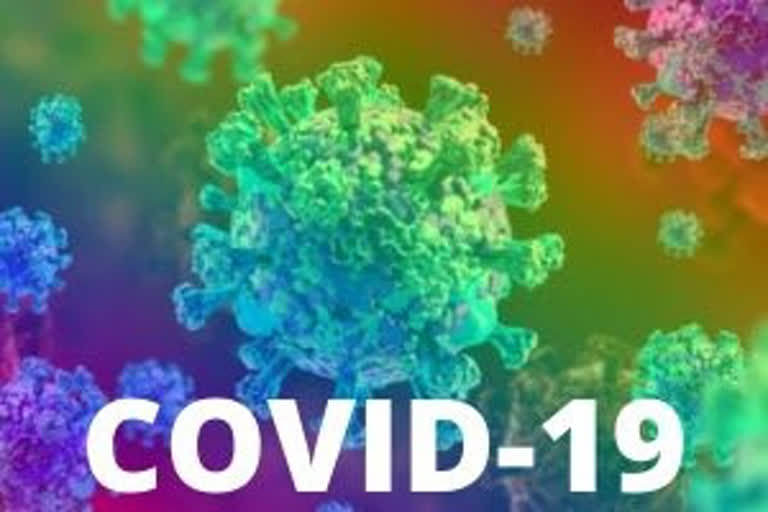Hyderabad: To support countries’ preparedness effort on the COVID-19 outbreak, WHO`s Department of Health Security and Preparedness has developed various COVID-19 tabletop exercise (SimEx) packages, an official said.
However, a model by Imperial College London in mid-March predicted a total of more than 5,00,000 UK deaths from COVID-19, and more than 2.2 , million in the United States if no action was taken to stop the virus spreading in those countries.
On the other hand, governments across the world are relying on mathematical projections to help guide decisions in this pandemic.
According to experts, computer simulations account for only a fraction of the data analyses that modelling teams have performed in the crisis, Ferguson notes are an increasingly important part of policy making. But, as he and other modellers warn, much information about how SARS-CoV-2 spreads is still unknown and must be estimated or assumed, and that limits the precision of forecasts.
The research says that many of the models simulating how diseases spread are unique to individual academic groups that have been developing them for years. But the mathematical principles are similar. They are based around trying to understand how people move between three main states, and how quickly: individuals are either susceptible (S) to the virus; have become infected (I); and then either recover (R) or die.
Also read: COVID-19: Developing antibody tests, the latest scientific advance
The simplest SIR models make basic assumptions, such as that everyone has the same chance of catching the virus from an infected person because the population is perfectly and evenly mixed, and that people with the disease are all equally infectious until they die or recover.
Modellers also simulate people’s activities in different ways. In ‘equation-based’ models, individuals are sorted into population groups. But as the groups are broken into smaller, more-representative social subsets to better reflect reality, the models get increasingly complicated.
Media reports have suggested that an update to the Imperial team’s model in early March was a critical factor in jolting the UK government into changing its policy on the pandemic. The researchers initially estimated that 15% of hospital cases would need to be treated in an intensive-care unit (ICU), but then updated that to 30%, a figure used in the first public release of their work on 16 March.



